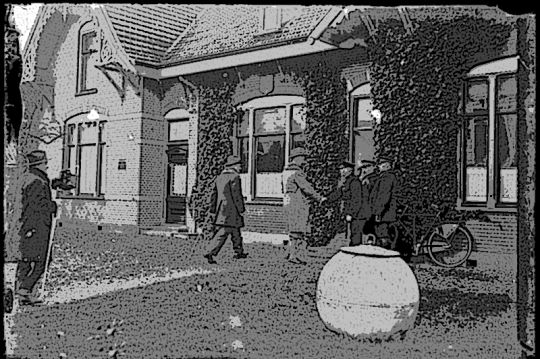Does NREL Have the Plan for Clean Energy Scaling?
I’ve begun thinking that one of the defining questions for clean energy is, “What’s the plan?” Not a company plan, but a country plan — one that realistically maps us to an economy that gets the vast majority of its energy from wind, solar, geothermal, and that has us drastically minimizing waste.
Amory Lovins has taken a shot at it in “Reinventing Fire,” which I’m working my way through at five pages a night (a comment on my lifestyle, not his writing). Other examples? Google has its “2030 plan,” Al Gore has his Energy Challenge, and two California university professors laid out their suggested “Path to Sustainable Energy by 2030.”
The most recent version of a plan for transitioning to a clean energy economy is the detailed, “Renewable Electricity Futures Study” by the National Renewable Energy Laboratory (NREL). This study finds that “[r]enewable electricity generation from technologies that are commercially available today…is more than adequate to supply 80% of total U.S. electricity generation in 2050 while meeting electricity demand on an hourly basis in every region of the country.”
This study reinforces to me that the question isn’t whether clean technologies can meet most or all our electricity needs in the future (They can.) The bigger question is how we get there.
I’m looking for the plans that try answering that question (readers, tell us if you’ve heard of one).
We recently had New York Times national energy reporter Matt Wald in for a Scaling Green Communicating Energy Lecture Series appearance. After 5,557 stories for The New York Times (an undercount – you can only search back to year seven of his career with the paper!), I asked Wald if he’s seen or been pitched on the transition plan that gets us to a vast majority of the nation’s energy needs (electricity and transportation) coming from solar, wind, geothermal and energy efficiency.
His answer: “No.”
In Wald’s view, the challenge to a clean economy transition isn’t just cheap natural gas, it’s renewables’ relationship with the power grid – really the absence of an integrated, updated continental-scale power grid to move electrons from where they’re produced to wherever they’re needed, whenever they’re needed. The NREL report addresses that point, saying 80% renewables reliance using today’s technologies would require “a more flexible electric system.”
But is the challenge of the grid really a deal breaker, as Wald seems to believe? NREL says it isn’t, that in fact “a variety of technical and institutional solutions exist to help proactively meet these [grid] challenges.” NREL even maps the clean energy generation here. We’re already seeing these solutions starting to materialize through the work of companies such asTrans-Elect, which is building a transmission line off the East Coast to service wind farms from New York to Virginia.
This forward movement by cleantech might be hard to notice right now. The clean energy deniers are having their day with 81% of negative TV ads in April alone aimed at hurting clean energy scaling (not just Obama). With total SuperPACs’ advertising budget of $ 1.25 billion, that’s a lot of anti-clean energy propaganda being put before Americans.
But the anti-renewable forces had better hurry up. If they don’t poison the sales environment for clean energy this year, their fate might be settled on the grid, not on the political airwaves.

